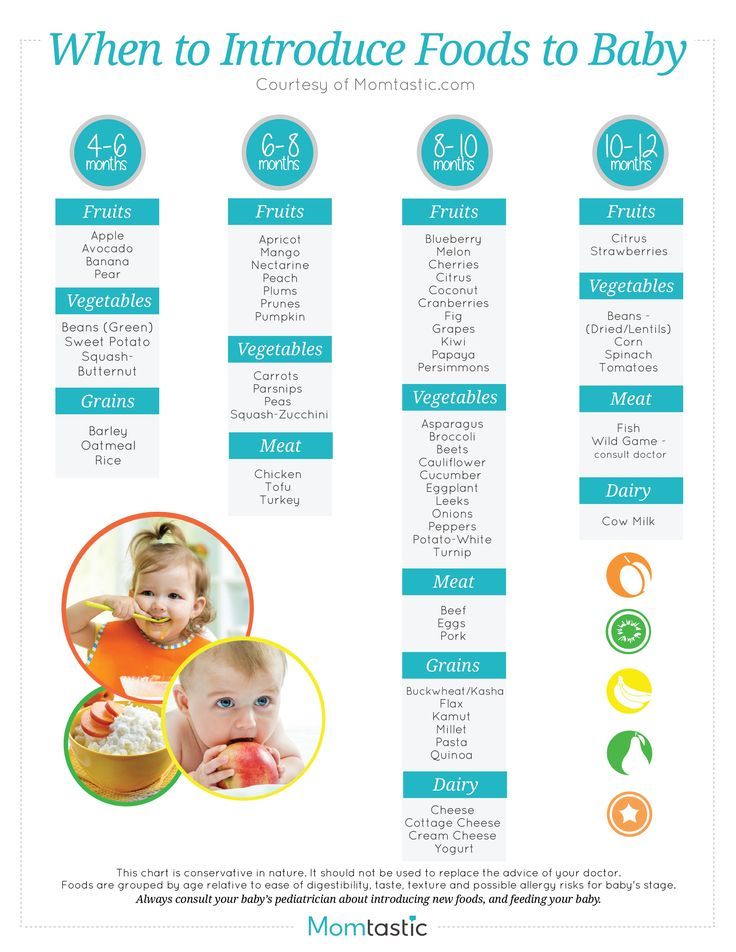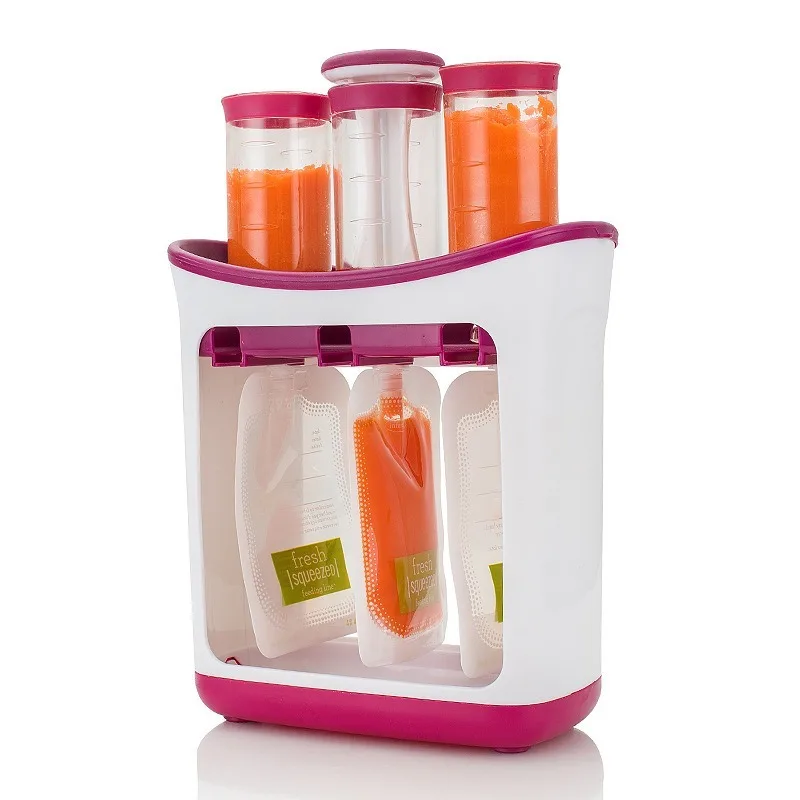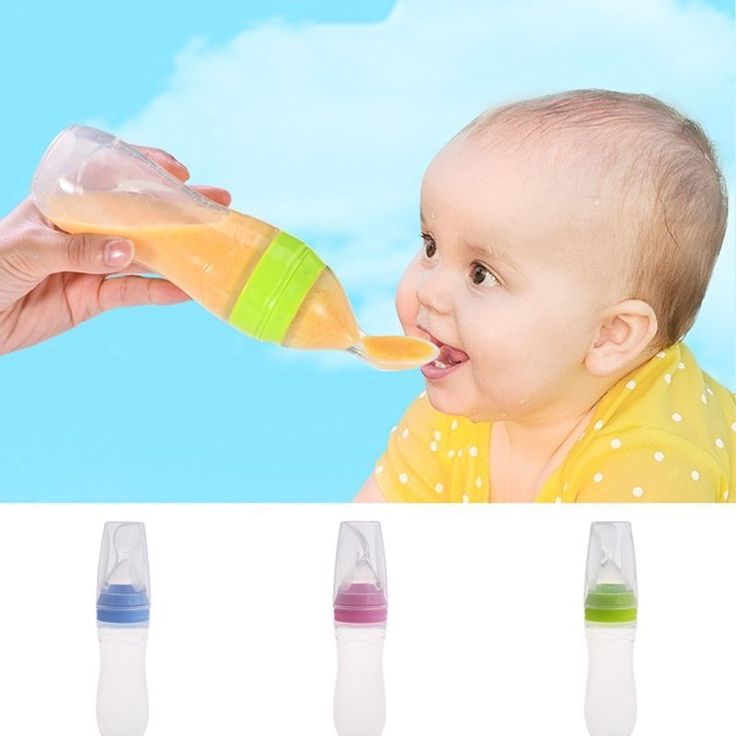Natural food for 6 months old baby
Dos and Don'ts for Baby's First Foods
Wavebreak Media/Thinkstock
Breastfeeding has been shown to improve infant, child and maternal health outcomes and help control healthcare costs, but how long should breastfeeding last and when should parents introduce solid foods?
The Dietary Guidelines for Americans recommend exclusive breastfeeding, meaning the infant receives only breast milk, during the first six months of life for optimal nutrition and health benefits.
Once solid foods are introduced, health professionals recommend continuing breastfeeding through 12 months of age and, after that, as desired by mother and baby. Introducing your baby to solid foods is an exciting milestone. When you start introducing children to the world of solid foods, you are helping them shape their relationship with food and establish a healthy eating style. The timing for introducing solid foods will depend on the infant, but it is not recommended before the age of four months or after the age of six months.
Not sure how to get your baby started on solid foods? Consider these helpful tips.
Is Your Baby Ready to Transition?
Each child's readiness for solid food depends on their own rate of development. Signs a baby may be ready to start solid foods include sitting up with minimal support, demonstrating good head control, bringing objects to the mouth or grasping at small objects. Check with your pediatrician before starting solid foods.
Getting Started With Solids
Solid foods may be introduced in any order. However, puréed meats, poultry, beans and iron-fortified cereals are recommended as first foods, especially if your baby has been primarily breastfed, since they provide key nutrients. Only one new single-ingredient food should be introduced at a time.
Softer textures are very important when first introducing foods. Infants usually start with pureed or mashed foods around six months. As infants develop chewing and motor skills, they are able to handle items like soft pieces of fruit and finger foods. As the child ages, a variety of healthful foods is encouraged.
As the child ages, a variety of healthful foods is encouraged.
Weaning From Breastfeeding
When deciding if you should wean your baby to a bottle or a cup, consider their developmental readiness. Between 7 and 8 months, most infants will drink small amounts of liquid from a cup or a glass when someone else holds it. Older babies and toddlers often have the coordination to drink fluids from a cup by themselves.
If your baby is under 12 months of age and you are not continuing to breastfeed, wean from breast milk to iron-fortified infant formula. If your baby is 12 months or older, whole cow’s milk is appropriate.
Food Safety Do’s and Don’ts
Food safety concerns for infants and toddlers include food allergies, choking and risks for foodborne illness. Keep the following safety tips in mind:
Do talk with your pediatrician about the risk of food allergies. Introducing one new food at a time, every several days, allows time to monitor for allergic reactions. Current evidence does not indicate needing to wait beyond 4 to 6 months before introducing potential allergy-causing foods such as eggs, dairy, soy, peanuts and fish. In fact, introducing peanut-containing foods as early as 4 to 6 months of age may help prevent a peanut allergy. The Dietary Guidelines for Americans recommends introducing potentially allergenic foods when other complementary foods are introduced to an infant’s diet. Parents with concerns about food allergies should discuss how to include these foods with their pediatrician.
Current evidence does not indicate needing to wait beyond 4 to 6 months before introducing potential allergy-causing foods such as eggs, dairy, soy, peanuts and fish. In fact, introducing peanut-containing foods as early as 4 to 6 months of age may help prevent a peanut allergy. The Dietary Guidelines for Americans recommends introducing potentially allergenic foods when other complementary foods are introduced to an infant’s diet. Parents with concerns about food allergies should discuss how to include these foods with their pediatrician.
Don’t feed your baby solid foods from a bottle. It can be a choking hazard and despite a popular misconception, putting cereal in a baby's bottle won't help with sleeping through the night. Other foods that are considered to be choking hazards are listed below.
Do supervise your child while eating. Infants should be able to sit upright and face forward when you first introduce solid foods. This makes swallowing easier and choking less likely.
Don’t feed directly from the jar of food but instead spoon some food into a separate dish first. Feeding directly from the jar may introduce bacteria from your baby's mouth to the spoon and back into the food, creating a food safety issue.
Don’t feed honey to children under 12 months of age due to the risk of foodborne illness.
Examples of appropriate solid foods listed by age:
6 months:
- Well-cooked and pureed meat, poultry or beans
- Ground, cooked, single-grain cereal or infant cereal with breast milk or formula
- Cooked and pureed vegetables
- Mashed banana or avocado
9 months:
- Well-cooked, minced or finely chopped meat, poultry or beans
- A variety of cooked vegetables cut into small, ½ inch pieces, such as squash and green beans
- Sliced and quartered bananas or small pieces of other soft fruits
12 months:
- Soft, shredded meat, poultry or fish
- Small pieces of cooked vegetables
- Small pieces of soft, easy to chew fruits
- Mixed food dishes the family is eating in appropriately sized pieces
Not recommended for those under 4 years of age due to the risk of choking:
- Popcorn and whole kernel corn
- Nuts and seeds
- Large chunks of meat, poultry and cheese
- Candy, gum drops and jelly beans
- Hard, raw fruits or vegetables such as apples, celery and carrots
- Whole grapes and cherry tomatoes, unless cut into quarters
- Hot dogs, unless cut into strips and age appropriate, bite-size pieces
- Sticky foods, such as peanut butter, which can get stuck in the back of the mouth – peanut butter is okay if spread thinly on bread
For toddlers and preschoolers, chop grapes, meat, poultry, hot dogs and raw vegetables and fruits into small pieces (about ½ inch or smaller).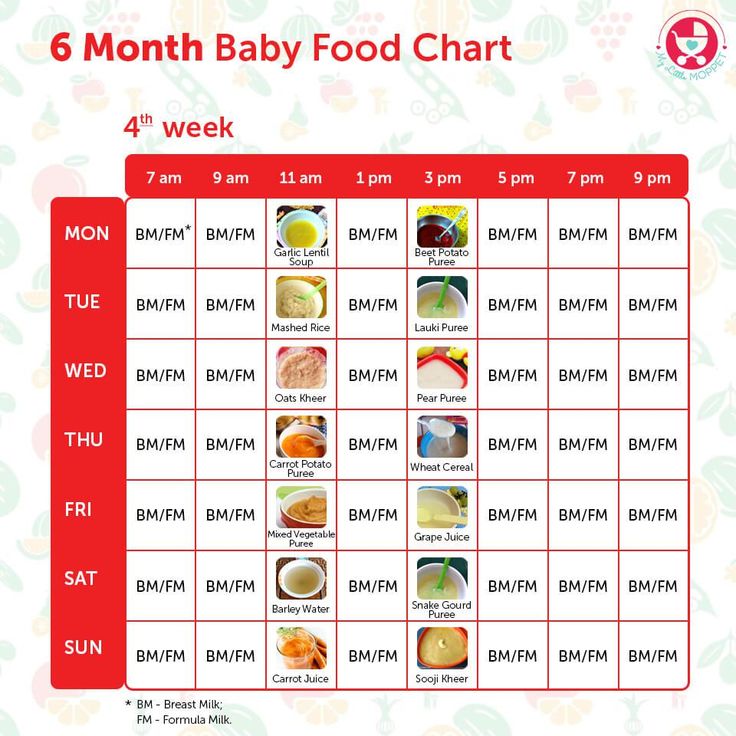
Nurturing Healthy Relationships with Food
Establishing a positive feeding relationship during infancy can have lifetime benefits. Keep in mind that children are responsible for how much and whether they eat so always wait for your baby to pay attention to each spoonful before you feed them. Don't be afraid to let your baby touch the food in the dish and on the spoon. You wouldn't want to eat something if you didn't know anything about it, would you? In addition, know the cues that your baby is done eating. A common cue babies are full is head turning.
Whatever happens, don't get discouraged and enjoy the experience. With a little patience and creativity, you can make your baby's first solid food eating experience fun for everyone involved!
6-Month-Old Baby's Food Chart And Recipes
Know what food and diet will support your little one's growth and development.
Research-backed
MomJunction believes in providing reliable, research-backed information to you. As per our strong editorial policy requirements, we base our health articles on references (citations) taken from authority sites, international journals, and research studies. However, if you find any incongruencies, feel free to write to us.
As per our strong editorial policy requirements, we base our health articles on references (citations) taken from authority sites, international journals, and research studies. However, if you find any incongruencies, feel free to write to us.
Image: Shutterstock
A 6-month-baby food chart allows parents to understand how to introduce solid foods to children and what are the suitable options. The American Academy of Pediatrics (AAP) recommends that all babies start solid food once they turn six months. Before this age, breastmilk can provide complete nutrition to them.
So, when you start introducing food to babies, you should remember that they cannot eat a lot initially, and breastmilk will be their primary source of nutrition. Gradually, you may try to replace the feed with some solid food.
Refer to the post to understand various food options that may be introduced at six months, the precautions you should take while preparing the food, and some simple but interesting recipes.
Food Ideas For 6 Months Baby
The first foods offered to a baby are called stage 1 baby food. They are pureed and strained so that the little ones can gulp and digest them easily. They are low on allergy grade.
However, consult a pediatrician before introducing any new food to your little one.
Below are some of the best foods for a six-month-old baby:
1. Milk
Continue breast milk or formula for your baby as it is the main source of nutrition for babies until one year (1). Breastfeed every two to three hours or on demand. Alternatively, offer 24-37 ounces of formula milk every day.
2. Stage 1 fruits
Apples, avocados, apricots, bananas, mango, nectarines, peaches, papaya, pears, plums, prunes, chikoo, pumpkin and kiwi pulp make great first foods for a baby. Remember to include fruits in mashed or puree form only.
3. Stage 1 veggies
Babies can digest boiled and mashed vegetables such as beans (green), carrots, sweet potato, squash, green peas, potatoes, baby marrow, butternut, and pumpkin.
4. Water
Give boiled and cooled-to-room-temperature water to your baby at least thrice a day. Give water after the meal and not in between the feed as it may reduce the total food intake.
5. Cereals and pulses
Cereals and pulses such as rice, barley, oats, and lentils provide essential nutrients like proteins and minerals to the growing babies. Cook these items until they are soft and mash them.
6. Meat
You can add pureed and stewed poultry, and fish (less in mercury) to your baby’s diet. Ensure to remove bones while serving these foods.
Confused what to give and when? Write down the baby’s feeding schedule and pin it up to make things easier for you.
Food Chart For Six-Month Baby
You may design your baby’s food chart on these lines:
Wake up time
- Formula or breast milk. Continue breastfeeding for the rest of the day.
Breakfast (7:30 to 8am)
- Fruit mash or vegetable mash
Lunch (11:30 to 12:30pm)
- Cereals such as rice, barley or oats
Snacks (3:30 to 4pm)
- Fruit or vegetable purees
Dinner (6 to 7pm)
- Veggies, fruit mix or grains
Remember that you are preparing the chart for your reference only. You need not have to strictly stick to a schedule. Offer milk and solids in an order that is convenient to you and acceptable to your baby.
You need not have to strictly stick to a schedule. Offer milk and solids in an order that is convenient to you and acceptable to your baby.
However, make food so tasty that your baby would not mind eating it at any time of the day.
Recipes For Six-Month Baby
Try these baby food recipes for your 6-month-old and let him taste the yummy and nutritious meals.
Breakfast/Snack Recipes
1. Apricot puree
Image: iStock
You will need:
- 1 pound dried apricot
- 2 cups pear, white grape juice or apple juice
How to:
- Boil the ingredients in a saucepan. Then cook in simmer for 15 minutes.
- Transfer the contents into a blender and blend well.
- Add in more juice to get thinner consistency or add cereal to thicken it up.
2. Apple sauce
Image: Shutterstock
You will need:
- 1 apple (peeled, cut into slices)
- 2 cups water
How to:
- Boil the apple slices in a saucepan.
 The slices need to immerse in water.
The slices need to immerse in water. - Once done, mash the apple slices. Add water to get the desired consistency.
3. Banana puree
Image: Shutterstock
You will need:
- 1 ripe banana (peeled and diced)
How to:
- Blend the banana in a food processor or mash in a bowl.
- Heat the mashed content for 25 seconds for added softness.
- Add milk or water to make it thinner or cereal to thicken it.
4. Mango delight
Image: Shutterstock
You will need:
- 1 ripe mango (peeled, de-seeded, chunked)
How to:
- Blend the mango chunks in a food processor.
- Add in breast milk or formula milk to achieve desired consistency.
Lunch Recipes
5. Rice cereal
Image: Shutterstock
You will need:
- 1/4 cup rice
- 1 cup water
- 2 tbsp formula or breast milk
How to:
- Wash the rice and cook it in a saucepan or pressure cooker.

- Mash the cooked rice and add formula or breast milk.
6. Barley apple porridge
Image: Shutterstock
You will need:
- 1/4 cup ground barley
- 3.5 cup water
- 2tbsp formula or breast milk
- 1 cup peeled and cubed apple
How to:
- Boil water in a saucepan and add barley.
- Cook in simmer for 10 minutes.
- Add apple slices and cook on low heat for two minutes.
- Puree the contents using a hand blender.
7. Oatmeal cereal
Image: Shutterstock
You will need:
- 1/3 cup water
- ¼ cup ground oats
- 2tbsp formula or breast milk
- ½ banana sliced
How to:
- Take a saucepan, add water and bring it to boil. Add oats and cook in simmer for 10 minutes.
- Once done, add bananas and mash well. Add formula or breast milk to get the desired consistency.

8. Baked apples
You will need:
- 1 apple (peeled, cored)
How to:
- Spread butter on the cored apple and put it in a pan containing water.
- Preheat the oven to 400°F and place the pan in it.
- Bake the apple for 30 minutes.
- After baking, mash the apples to desired consistency.
Dinner Recipes
9. Pumpkin puree
Image: Shutterstock
You will need:
- 1 medium sugar pumpkin (cut in half and De-seeded)
How to:
- Scoop out the seeds from the sugar pumpkin halves and drain the pumpkins with water in a baking pan.
- Bake for 40 minutes in the oven preheated to 400°F. Once the halves turn soft, scoop the squash meat and puree it in a food processor. Add water to achieve a smooth consistency.
10. Green beans puree
Image: Shutterstock
You will need:
- 1 cup fresh beans
How to:
- Transfer the beans into a pan and place it in a steamer basket.

- Steam until tender. Keep a check on the water level.
- Once done, puree the contents in a blender and bring it to a smooth consistency.
11. Carrots puree
Image: Shutterstock
You will need:
- 1 carrot (sweet, peeled, cut)
How to:
- Transfer the carrot slices into a steamer pan containing water. Steam until the carrots turn tender.
- Place the contents into a blender and puree them. Add water if needed.
12. Vegetable combo
Image: Shutterstock
You will need:
- 1/8 cup fresh beans
- 1/8 cup peas
- ¼ cup summer and zucchini squash
- 1/8 cup chopped carrots
How to:
- Add all the ingredients to a pan and add enough water.
- Cook until tender and puree the contents in a blender.
- Add water to get the desired consistency.
With such interesting recipes, it is likely that your baby would love her new diet. But you cannot feed her beyond small quantities just because she has developed a liking for it.
But you cannot feed her beyond small quantities just because she has developed a liking for it.
How Much Should A Six-month-old Eat?
Start with servings of 5-10ml or one-two teaspoons and increase the amount gradually. The baby may eat just half a spoon initially. Do not force-feed them.
Also, moving to solids is not easy as you need to be careful not to choke the baby or hurt their tummy with heavy foods. Take enough care not to harm the baby when you are feeding solids.
Heat food to lukewarm. Avoid heating it in the microwave as it creates pockets of heat that can burn the baby’s mouth. Instead, keep the food bowl in a bigger bowl of boiling water to heat it.
Caution While Preparing Stage 1 Baby Food
- Do not give cow milk to babies under one year. Also avoid honey, since it may contain spores that cause botulism.
- Never give slices of fruit or other finger foods to six-month-old because it could choke them.
- Refrain from store-bought baby foods as they are usually extremely sweet, acquainting the baby to a taste for sweet foods instead of healthy natural foods.

- Introduce one fruit at a time and check for any allergic reactions. Follow a four-day-wait rule in between two new foods.
- Feed your baby in a calm and pleasant environment.
- Prepare baby food in steel or glass containers. Say no to plastic containers, even if they are food-grade.
- Offer water in a sterile glass or steel cup, but not in a sipper or feeding bottle.
- Avoid biscuits as they contain refined flour, preservatives, and added sugar.
- Wash your hands before feeding your little one.
Most babies can begin eating solid foods from six months of age. For example, you may include rice, apple, oatmeal, meat, fish, and sweet potato in easy-to-swallow puree and mash forms in your six-month baby food. Initially, serve the baby one to teaspoons of baby food and watch the signs of food intolerance and allergies. Once the baby adjusts to the taste and digestibility of these single-ingredient foods, you can feed them multiple ingredients dishes, such as a vegetable combo.
References:
MomJunction's articles are written after analyzing the research works of expert authors and institutions. Our references consist of resources established by authorities in their respective fields. You can learn more about the authenticity of the information we present in our editorial policy.
- Feeding Your Baby: 6 months to 1 year
https://www.gov.mb.ca/healthychild/healthybaby/hb_solidfoods.pdf
The following two tabs change content below.
- Reviewer
- Author
Swati Patwal is a clinical nutritionist, a Certified Diabetes Educator (CDE) and a toddler mom with over eight years of experience in diverse fields of nutrition. She started her career as a CSR project coordinator for a healthy eating and active lifestyle project catering to school children. Then she worked as a nutrition faculty and clinical nutrition coach in different... more
Dr Hanneke Heyns manages her private practice as a pediatrician in Cape Town. With around 15 years of experience, she treats children of all ages, right from birth to adolescence, covering their health, growth and development, and behavior. Dr Heyns believes in attending to children through a holistic approach, encompassing their mind, body, and family unit, and simultaneously building a... more
With around 15 years of experience, she treats children of all ages, right from birth to adolescence, covering their health, growth and development, and behavior. Dr Heyns believes in attending to children through a holistic approach, encompassing their mind, body, and family unit, and simultaneously building a... more
Is It Safe To Eat Lotus Seeds (Makhana)..
Is It Safe To Eat Lotus Seeds (Makhana)..
Dry Fruits During Pregnancy: Benefits,..
Dry Fruits During Pregnancy: Benefits,..
Spinach For Babies: Right Age, Benefits..
Spinach For Babies: Right Age, Benefits..
Cinnamon For Babies: Safety, Benefits..
Cinnamon For Babies: Safety, Benefits..
Is It Safe To Consume Cinnamon During..
Is It Safe To Consume Cinnamon During..
Top 10 Food Ideas For Your 16 Months..
Top 10 Food Ideas For Your 16 Months..
4 Possible Health Benefits Of.
 .
.4 Possible Health Benefits Of..
ORS for Babies: Dosage, Benefits And..
ORS for Babies: Dosage, Benefits And..
13 Excellent Benefits Of Avocados..
13 Excellent Benefits Of Avocados..
Union of Pediatricians of Russia
Nutrition for children from 1 to 3 years of age
The period from 1 to 3 years of life is a crucial stage in the transition to an adult type of nutrition, which has certain features. In order to ensure that all the necessary nutrients enter the child's body and at the same time prevent an excess of individual nutrients, nutrition should be balanced and varied.
The daily amount of food for children aged 1 to 1.5 years should be 1000-1200 g, from 1.5 to 3 years - 1200-1500 g, the amount of food in one feeding should not exceed 300-350 ml. The diet consists of three main meals per day and two snacks. It is considered optimal when breakfast is 25% of the total energy density of the diet, lunch is 30–35%, dinner is 20%, and additional meals are about 10%.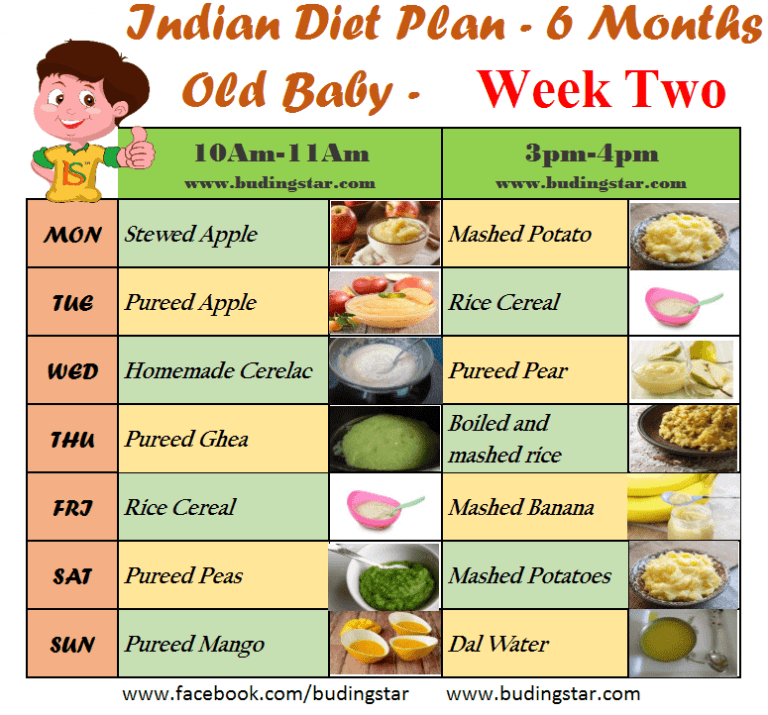 In general, the child can eat the same food as the rest of the family.
In general, the child can eat the same food as the rest of the family.
In the diet of a child of 1–3 years of age , must be present daily: meat of animals or poultry, dairy and sour-milk products, vegetables, fruits, bread, cereals, vegetable and butter; fish and eggs are included in the diet 2-3 times a week.
Cereal products: bread - 2-3 servings per day, cereals and side dishes - 1 time per day
Fruit and/or vegetables: at least 5 times a day
Dairy products: at least 3 servings per day (including those used to make cereals, yoghurts, fermented milk drinks, cottage cheese, infant formula or breast milk).
Domestic pediatricians recommend, when compiling a diet for children aged 1–3 years, preference should be given to specialized children's dairy products of industrial production that meet high quality requirements and safety indicators for this age. Most children's dairy products are additionally enriched with vitamins and/or minerals and other biologically active components, taking into account the physiological needs of children of this age. At the same time, in foreign recommendations, children over 1 year old are offered the gradual introduction of whole cow's milk, which is rich in fats necessary for proper growth and development, the absorption of vitamins A and D, the development of the brain and nervous system of the child.
At the same time, in foreign recommendations, children over 1 year old are offered the gradual introduction of whole cow's milk, which is rich in fats necessary for proper growth and development, the absorption of vitamins A and D, the development of the brain and nervous system of the child.
Meat dishes: 2-3 times a day
Fish dishes: 2-3 servings per week
Eggs: 2-3 per week
Dietary fats: 3-4 teaspoons of butter and/or vegetable oils per day
When cooking, use the minimum amount of salt and sugar, and do not add them to industrial products.
Offer your child a variety of foods and let them choose for themselves. Children love to eat on their own, so if possible, offer food that the child can eat with their hands.
It is important to remember that a baby can choke on pieces of food, so whatever you give your baby should be crushed or cut into small pieces that can be easily chewed.
Do not give to a small child: nuts, whole grapes, cherry tomatoes (unless quartered), whole carrots, seeds (such as pumpkin or sunflower seeds), round candies, legumes, raisins, because a child can eat them choke.
Also in the diet of children of the first 3 years of life should not be present:
Mushrooms; canned snacks, pickled vegetables and fruits
Home canned food
Dry concentrates for side dishes
Hot sauces, mustard, horseradish, pepper, vinegar, mayonnaise
Natural coffee
Juices and drinks in the form of dry concentrates; sweet carbonated drinks
Products containing food additives (flavorings, dyes of artificial origin, including chewing gum), popcorn
Combined fats; cakes and pastries
It is important to remember that children of this age should not be given too spicy and spicy foods.
Optimal nutrition for children over 6 months of age
Submitted by useradmin on Thu, 08/12/2021 - 21:24
Starting from the 6th month of life, in addition to breast milk (or its substitutes), your baby needs additional foods (complementary foods) to ensure healthy growth and development. In the absence of other recommendations from your pediatrician, the approximate time for the introduction of complementary foods is the 20-26th week of life (24th is optimal). Carefully study the characteristics of the products before introducing them into your baby's diet. It is important that the child gets used to natural food from the very beginning. Commercial foods may contain ingredients not recommended for baby food, including excess fat, salt, sugar, and preservatives; in addition, its consistency differs from that of natural, local products.
Carefully study the characteristics of the products before introducing them into your baby's diet. It is important that the child gets used to natural food from the very beginning. Commercial foods may contain ingredients not recommended for baby food, including excess fat, salt, sugar, and preservatives; in addition, its consistency differs from that of natural, local products.
Your pediatrician will help you decide which product to introduce first complementary foods based on your child's nutritional and health status.
It is still necessary to continue breastfeeding on demand both day and night.
Breast milk is still the most important part of your baby's diet. There is no need to supplement your baby with substitutes (adapted milk formulas) as well as follow-up formulas (adapted milk formulas for babies over 6 months), as breast milk provides the baby with all the nutrients he needs.
Don't forget to breastfeed your baby after each feeding.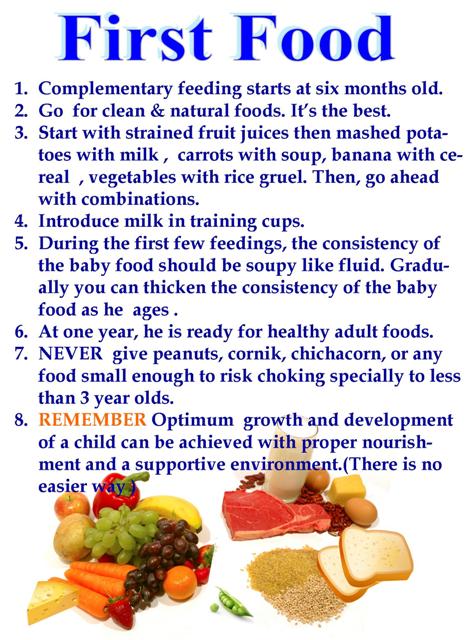
When introducing complementary foods, it is important to consider several important points:
- Frequency : offer your child new foods (complementary foods) 2 times a day.
- Volume : The introduction of new foods into a child's diet should be gradual. Offer complementary foods for trial, increasing by 2-3 tablespoons at each meal.
- Consistency: The food should be thick enough to make it easier to spoon feed and help the baby get used to food with a different texture than breast milk.
- Variety :
- Start with one new product. Give it for three days, while paying attention to the reaction of the child. It is not recommended to introduce several products at the same time - this can provoke an allergic reaction and make it difficult to determine the product that should be excluded from the diet.
- Consider cereals as first food, such as thick porridge (rice, buckwheat or oatmeal) without added milk.

- Vegetable purees - from pumpkin, carrots, potatoes, zucchini, cabbage, spinach - are recommended to be introduced earlier than fruits. It is preferable to give the child local seasonal vegetables and fruits.
- After the porridge is fully introduced into the diet, you can gradually start adding an egg, fruit, leafy greens, meat or dairy products to it.
- Baby orientation: It may take a while for your baby to get used to eating other than breast milk. Be patient and actively encourage your child. Don't force him to eat if he doesn't want to. Observe your baby and respond to his signals. Feed your baby slowly and patiently, at his own pace. Wait until he chews and swallows before offering something again. Stop feeding if the child refuses a new food for him, try to offer it another time. Use a separate plate so that you can see if the child has eaten everything that was offered to him.
- Hygiene: Hygiene (cleanliness) is essential to prevent diarrhea and other illnesses in the child.
 Use clean utensils and utensils when preparing food and feeding. Store food in a safe and clean place in accordance with the terms and rules indicated on them. Remember to follow the basic rules of personal hygiene - wash your hands with soap and water before preparing food and feeding the child, after using the toilet, after performing hygiene procedures and washing the child. Wash your child's hands before eating.
Use clean utensils and utensils when preparing food and feeding. Store food in a safe and clean place in accordance with the terms and rules indicated on them. Remember to follow the basic rules of personal hygiene - wash your hands with soap and water before preparing food and feeding the child, after using the toilet, after performing hygiene procedures and washing the child. Wash your child's hands before eating.
Products not recommended for this age:
- Med.
- Whole cow's (also goat's) milk. It is not recommended to give to children in the first year of life, because its composition does not meet the needs of infants and it can contribute to the development of anemia and allergies. To prepare cereals, you can use a small amount (diluted 1: 1 with boiled water) of cow's milk.
- Citrus fruits (lemon, orange, mandarin).
- Tropical fruits and vegetables.
- Sweets, pastries, confectionery.
- Fried snacks (chips, croutons, snacks), fast foods (fast food).
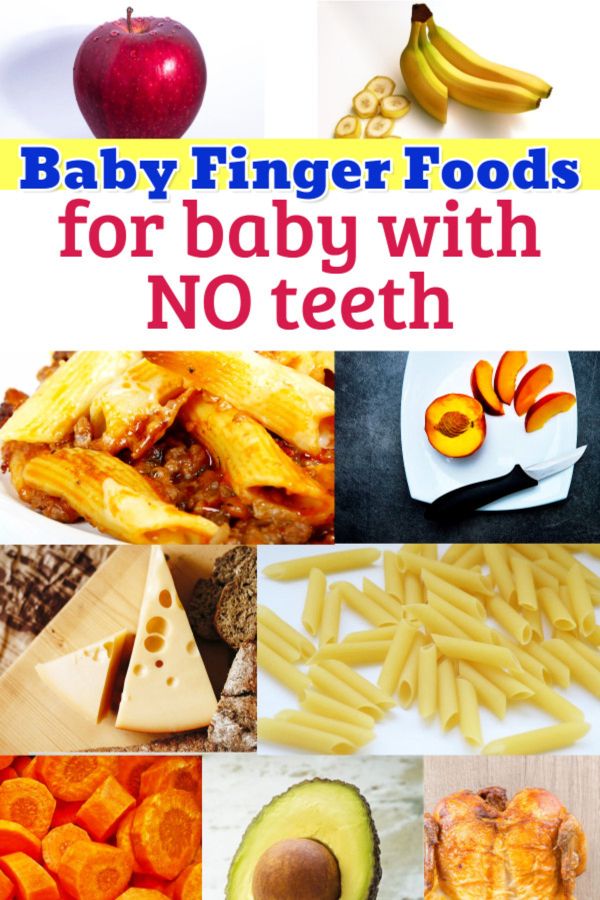
- Tea (black, green, herbal), carbonated and/or sugary drinks, dyes.
- Industrially processed meat products (sausages, sausages).
- Salt, spices, food additives.
- Any kind of nuts and seeds.
Always think about safety: do not give your child nuts, popcorn, small fruits or whole grapes, pieces of solid food that can choke on.
Feeding according to baby's needs
When you start weaning, the best time to do so is during the day when both you and your baby are in a good mood and relaxed. It may take a long time for a child to get used to a new food (complementary foods). Be patient and actively encourage him to eat, but don't force him. These are new skills for a toddler and take time and patience to master them.
Watch your child and respond to his signals. Feed him slowly and patiently, at his pace. Try different combinations of foods, flavors, and textures to get your little one accustomed to a varied diet.